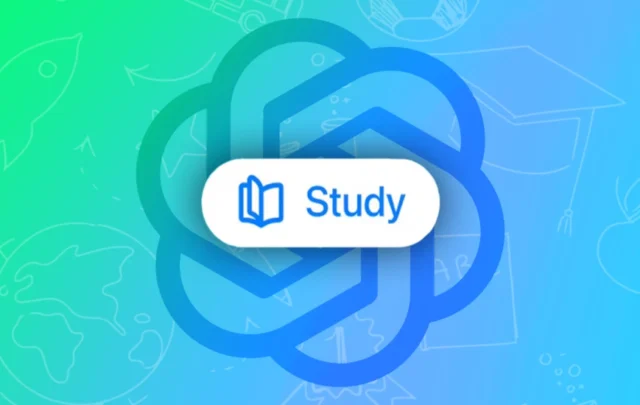OpenAI has rolled out a major new feature—Study Mode—for ChatGPT, reframing the AI assistant not as a shortcut to answers, but as a thoughtful learning partner. Simultaneously, the company is forging expanded collaborations with education technology organisations in both the United States and India. These moves reflect OpenAI’s deeper commitment to evolving ChatGPT into a tool that empowers learners, supports institutions, and counters concerns over academic misuse.
Table of Contents
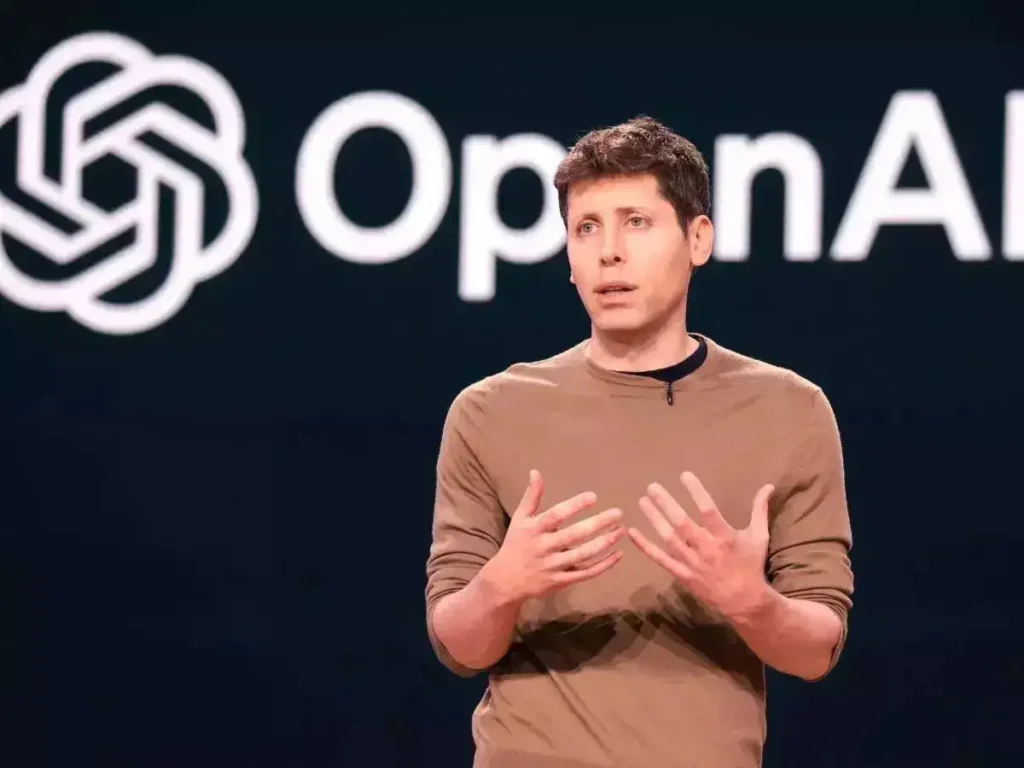
Study Mode: From Shortcut to Learning Companion
Guided Learning, Not Instant Answers
Rather than delivering instant solutions, Study Mode asks questions to guide users toward insight. For example, instead of explaining Bayes’ theorem outright, the AI may begin by asking: “What level of math do you feel comfortable with?” or “What’s your end goal—class prep, exam review, or deeper conceptual understanding?”
Following a Socratic approach, it gently nudges users to think critically, reflect on their progress, and self-assess. Step‑by‑step explanations, short quizzes, and hints are layered in to build engagement and comprehension, creating an interactive tutoring experience rather than dumping answers.
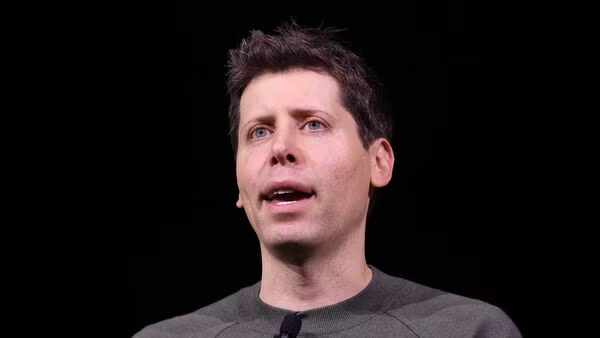
Who Can Access It—and What’s Next?
Effective July 29, 2025, Study Mode is available to all logged‑in ChatGPT users across Free, Plus, Pro, and Team tiers, with ChatGPT Edu access arriving in the weeks ahead.
Built with input from over 40 educational institutions, the feature emphasises responsibility and depth in academic use. It includes support for image‑based questions—students can upload exam paper scans for AI‑led walkthroughs. Still, OpenAI admits that inconsistencies and occasional errors may occur.
Why This Matters Now
As academic integrity concerns mount—especially with studies showing a surge in AI‑related cheating incidents—the release of Study Mode signals OpenAI’s desire to re-position ChatGPT as a learning aid, not just a shortcut. It aims to embed “friction” into problem-solving to promote engagement instead of enabling misuse.
Leah Belsky, OpenAI’s VP of Education, describes this as part of an effort to shift education toward learner-driven exploration. “When ChatGPT is prompted to teach or tutor, it can significantly improve academic performance,” she said—versus the downsides of serving as a quick answer machine. Business Insider+1WIRED+1.
Critics caution that Study Mode is easy to bypass—only a toggle click away from traditional response style—and habits built around using AI for answers may threaten long-term critical thinking skills.
Strategic Ed‑Tech Partnerships: U.S. and India
Expanding the Educational Ecosystem
Alongside Study Mode’s launch, OpenAI has moved aggressively to collaborate with key education technology companies—especially in India, where it has debuted its first global academy.
OpenAI Academy India: A Major Milestone
Through a partnership with IndiaAI Mission (under India’s Ministry of Electronics & IT), OpenAI has launched OpenAI Academy India, marking its first education platform build beyond the U.S.
The Academy is tailored to reach a wide spectrum of learners—including students, educators, civil servants, developers, nonprofits, and small business owners—with both online and offline learning formats in English and Hindi, preparing to add more regional languages soon.
As part of the MoU, OpenAI is contributing educational content to India’s FutureSkills portal and iGOT Karmayogi training system for government officials. Up to $100,000 in API credits will be granted to 50 approved startups or fellows, and hackathons and Dev Day travel opportunities are planned.
This initiative taps into India’s booming tech ecosystem and represents a strategic commitment by OpenAI to global educational inclusion.
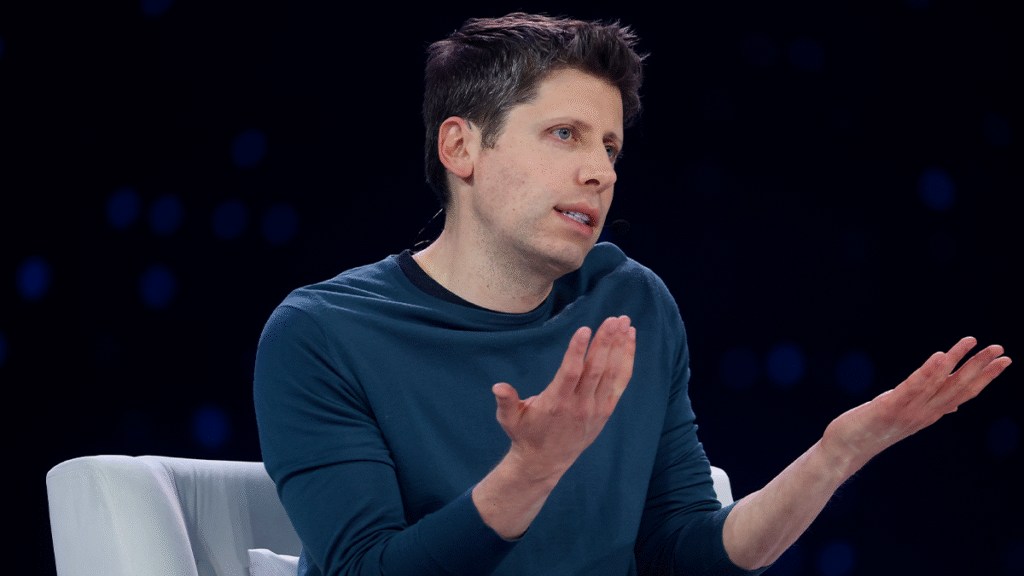
Broader Ed‑Tech Collaborations
In addition to India, OpenAI is strengthening ties with U.S. educational platforms, notably with Canvas, the learning management system used by thousands of universities. This tighter integration surfaces AI‑powered assistance within campus systems.
Other collaborations are underway with organisations integrating OpenAI tech into classroom tools and adaptive learning platforms—further embedding AI across both K‑12 and higher education.
Education as the New Frontier in the AI Landscape
A Two‑Front Battle: Learning vs. Shortcut
OpenAI’s Study Mode and Academy initiative place it squarely in the middle of the intensifying competition in AI-powered education. Google has responded with Gemini for Education, integrated study tools in search, and Khan Academy continues to build its Khanmingo assistant.
Study Mode deliberately disrupts the traditional Q&A model in favour of active learning, hoping to anchor ChatGPT as a cognitive aid—especially appealing to the next generation of users. As students today become professionals in the coming years, their affinity with AI learning tools might influence corporate and educational adoption at scale.
From Pilot to Core Learning AI?
The first version of Study Mode uses custom system prompts rather than a retrained model, allowing agility and iteration based on feedback. Over time, OpenAI plans to bake educational behaviours directly into its underlying models.
Meanwhile, educational research partnerships—such as with Stanford—are in motion to assess how Study Mode and similar tools actually impact student learning outcomes in K‑12 and higher ed.
What This Means for Learners and Educators in 2025
- Students: Rather than merely requesting solutions, you can now work with ChatGPT as a patient tutor that prompts reflection, reinforces concepts with quizzes, and guides exam preparation, preserving academic integrity.
- Educators & institutions: With collaborations like Canvas and integration into official training platforms in India, instructors can flexibly introduce AI without sacrificing pedagogical structure.
- Policy makers and parents: The combination of Study Mode plus structured platform access provides a clearer framework on responsible AI use in schools.
- Global learners: OpenAI Academy India demonstrates OpenAI’s move beyond Silicon Valley—this inclusive approach may ultimately shape its global reputation as an educational AI platform.
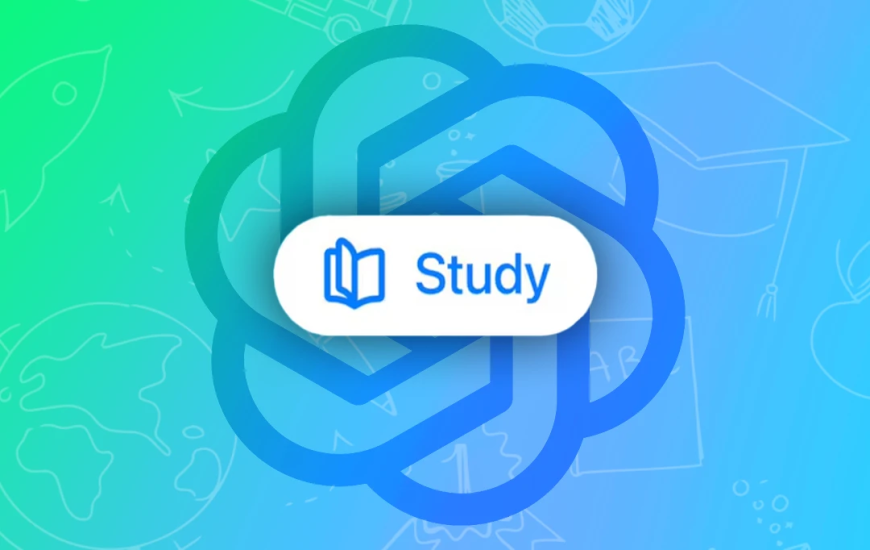
Looking Ahead
OpenAI has firmly positioned itself in a broader narrative: AI isn’t just for efficiency; it can be a learning companion. With Study Mode now live and high‑profile partnerships in place—from local Indian classrooms to U.S. universities—the company is making good on its vision of AI as infrastructure for learning.
The coming months will reveal whether students embrace Study Mode or bypass it in search of instant answers. The academy model in India will serve as a testing ground for hybrid learning in multi‑lingual, diverse contexts. And as OpenAI iterates based on feedback and data, future versions of ChatGPT may deeply encode pedagogical reasoning at their core.
Conclusion
Through Study Mode, OpenAI is not just adding a feature—it’s reframing ChatGPT’s academic identity, demanding reflection over repetition and learning over shortcutting. Coupled with its ambitious global education expansion, the company is signalling a new era in how AI can support—not replace—the journey of education.
Join Our Social Media Channels:
WhatsApp: NaijaEyes
Facebook: NaijaEyes
Twitter: NaijaEyes
Instagram: NaijaEyes
TikTok: NaijaEyes


